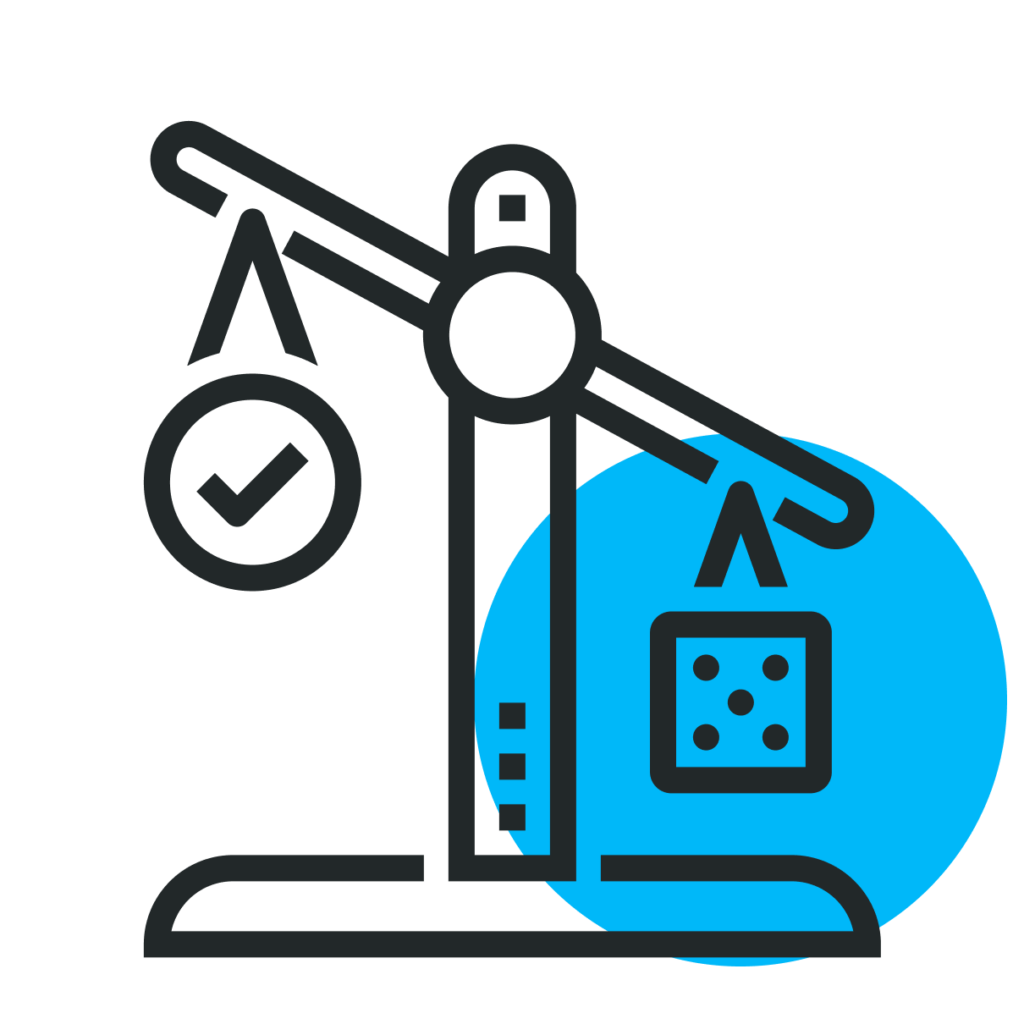Your cart is currently empty!
🎯 Here are some key takeaways:
Avoid overconfidence based on early wins
Early successes should be celebrated sure, but they shouldn't lead to overcommitment or underestimation of future challenges.
Implement flexible planning
Adopting flexible planning methods can help teams adjust to unforeseen challenges and mitigate the impact of the Pseudocertainty Effect. Avoiding waterfall planning will help to adjust as the team progresses.
Learn from past experiences
Regular retrospectives every sprint can help the team reflect on how progress is going in near real-time and pivot as needed, early.
Empower the people on the ground
The team that’s doing the work will see firsthand what is and is not working. Empowering this team to make changes when they see issues will allow the larger team to pivot sooner if needed.
Embrace a culture of psychological safety
Ensure the entire team can speak up without fear of retribution from leaders who may not like what they are hearing.



